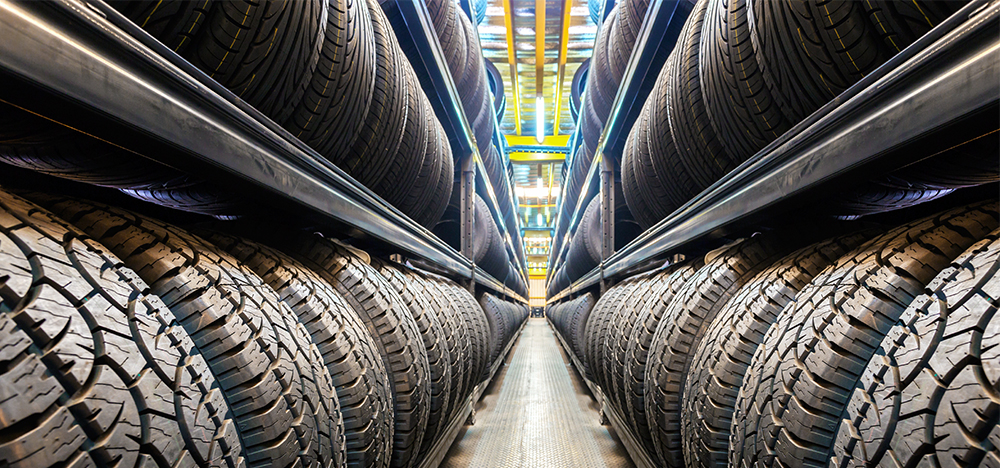At some point or another, you may have experienced a tire blow-out , or maybe you've watched helplessly as the tire on another vehicle explodes and veers towards the side of the road. The term "blow-out" generally refers to a tire that bursts, losing air pressure. People often assume that this happens when there is too much air pressure pressing against the walls of a tire. This; however, is not usually the case. Tires typically blow-out when air pressure is low. The low air pressure in the tire causes the tire to flex more and heat up. Eventually the rubber overheats and loses its bond to the tire's internal structure. The tread can peel-off from the rest of the tire, or the rubber in the sidewall breaks open, causing an instantaneous loss of air.
You can help reduce the chance of a blowout by keeping your tires inflated to the recommended air pressure, however there is always the risk of puncture. A slow leak over time, which reduces air pressure can lead to a blow-out. You should also avoid putting more weight in your vehicle then your owner's manual recommends. Overloaded vehicles cause the tires to work too hard, generating more flex and heat build-up. The other thing to do is to avoid potholes and debris on the road that could damage the tire.
If you do experience a tire blow-out it is important to react appropriately. Most people instinctively want to hit the brakes and swerve immediately to get to the side of the road. That can be a deadly reaction that could lead to loss of vehicle control. The correct reaction when you hear the loud noise and feel the steering wheel lunge to the side during a tire blowout, is to take your foot off the accelerator and brake immediately, and to maintain the steering direction. This will help you re-gain control of the vehicle and to stay in your lane. Once you have regained control of the vehicle and have a sense of how the blown out tire is impacting the steering of the vehicle, you can begin to pull off to the side, and slowly apply the brakes when safe to stop clear of traffic.
